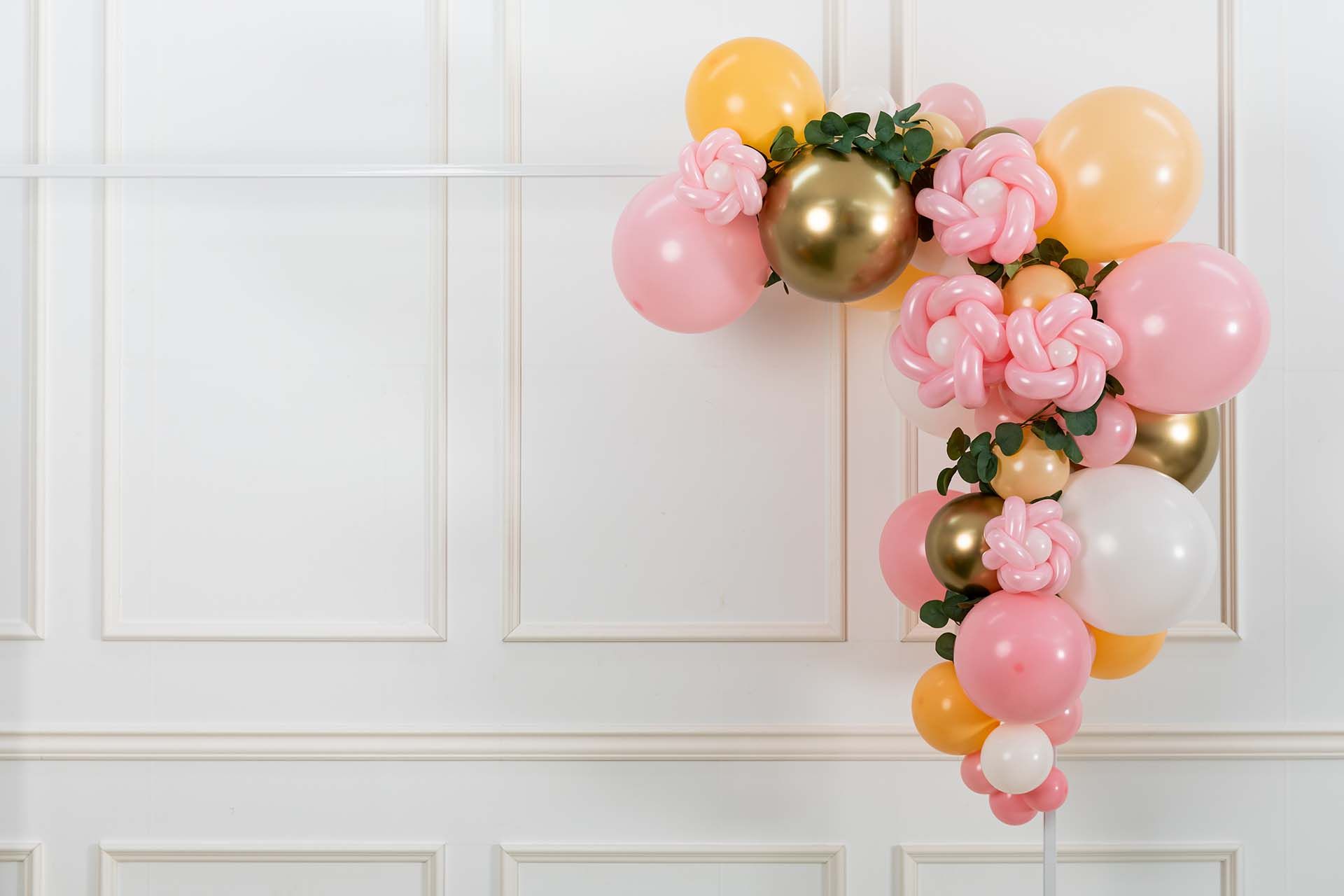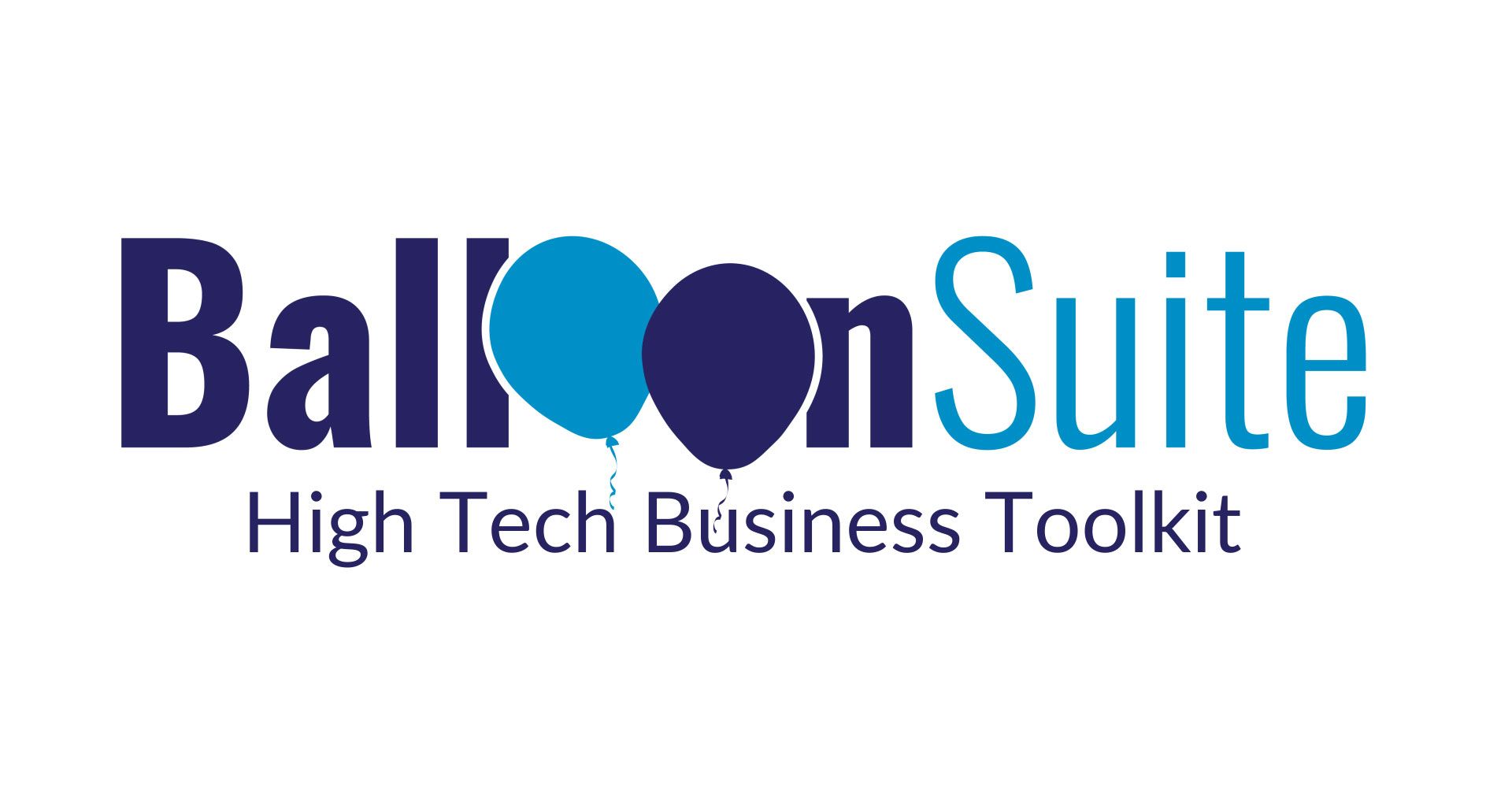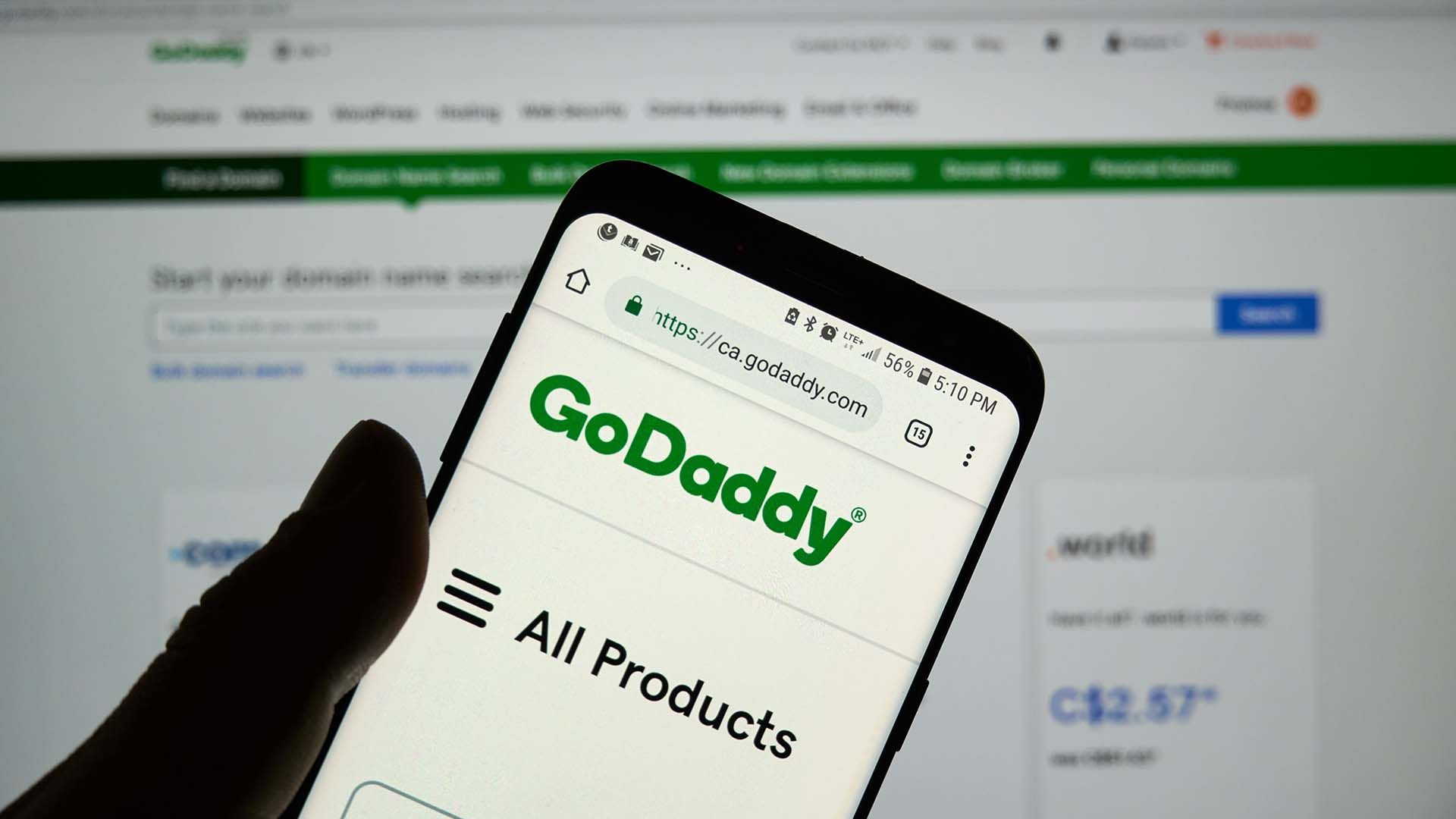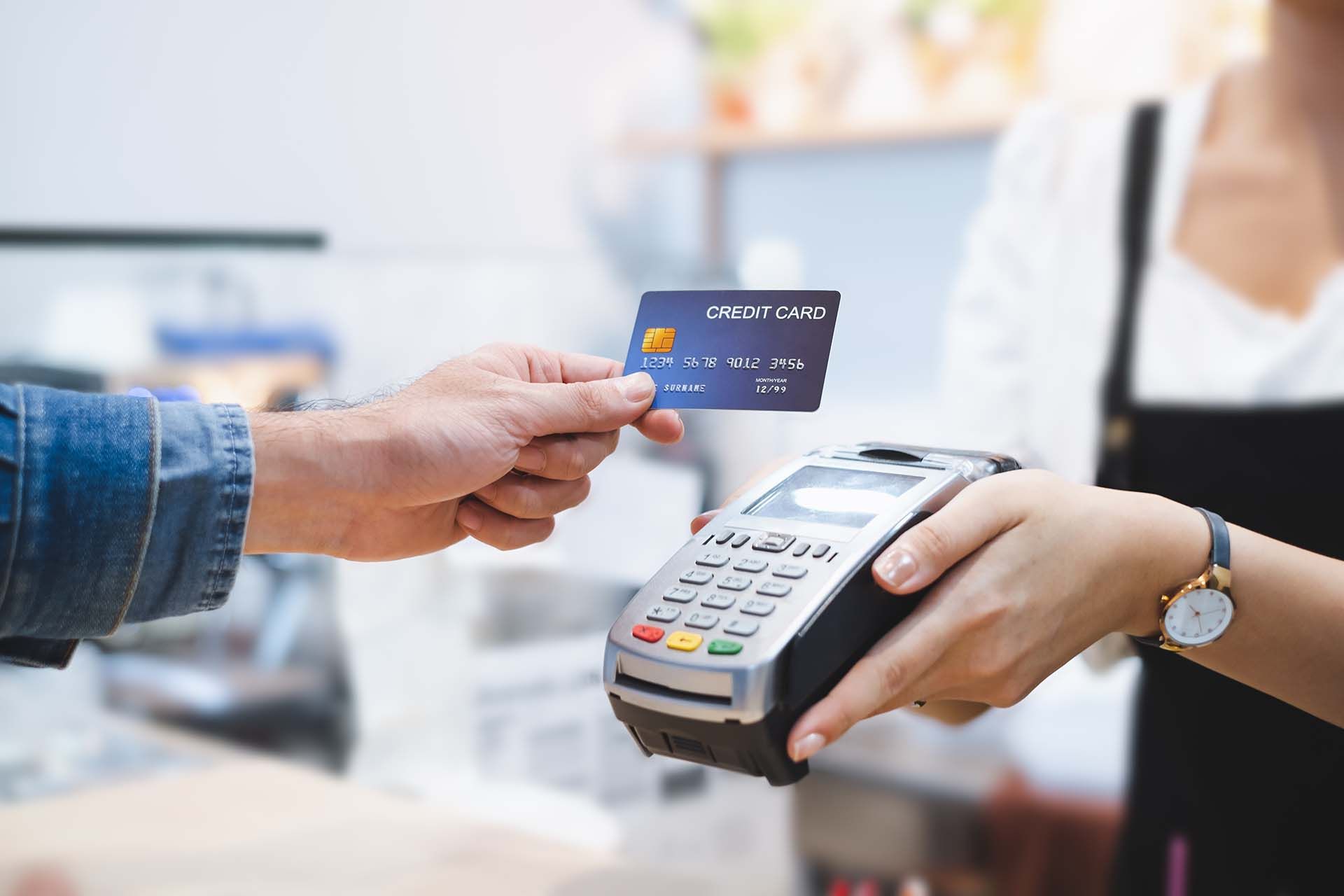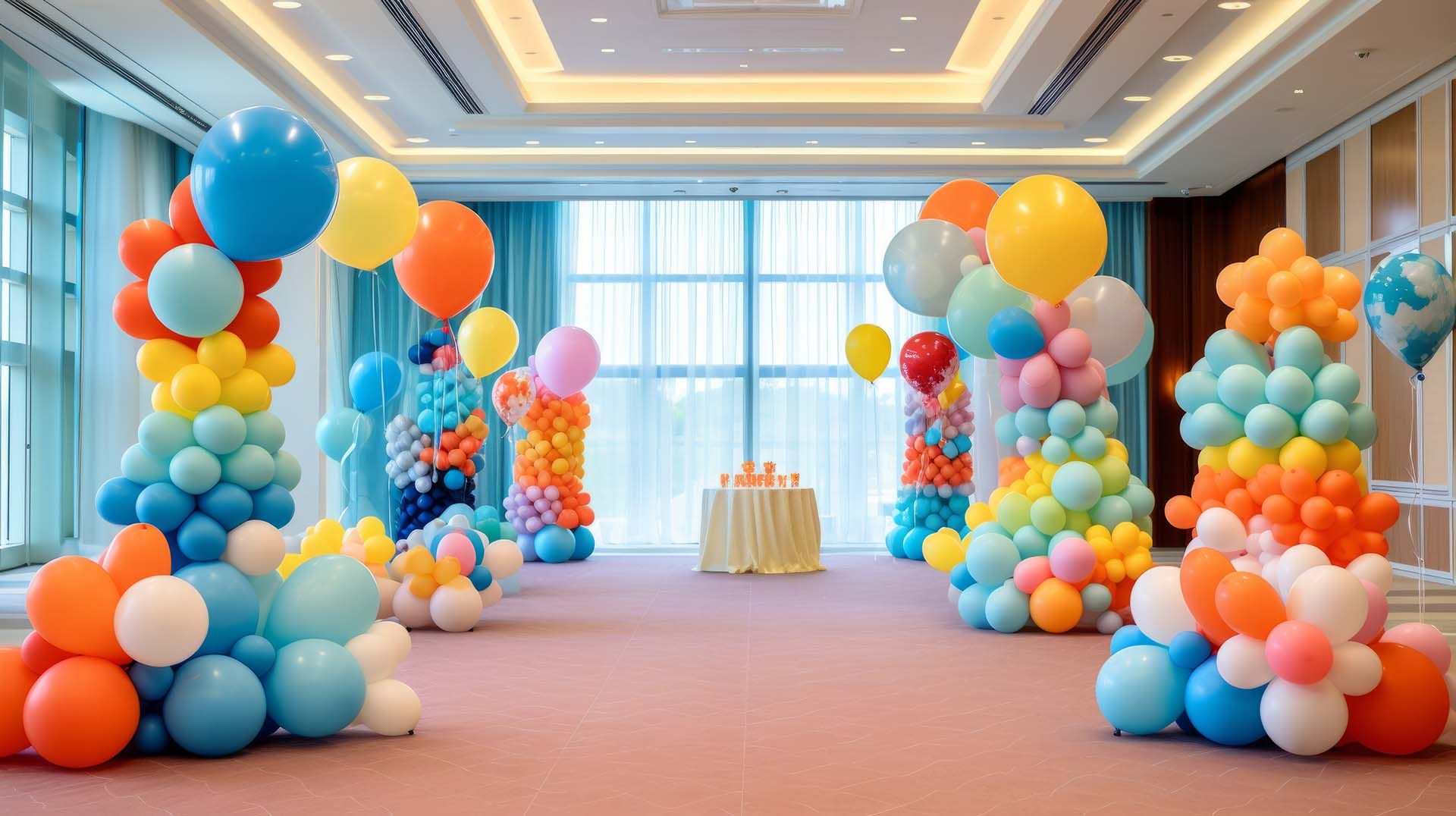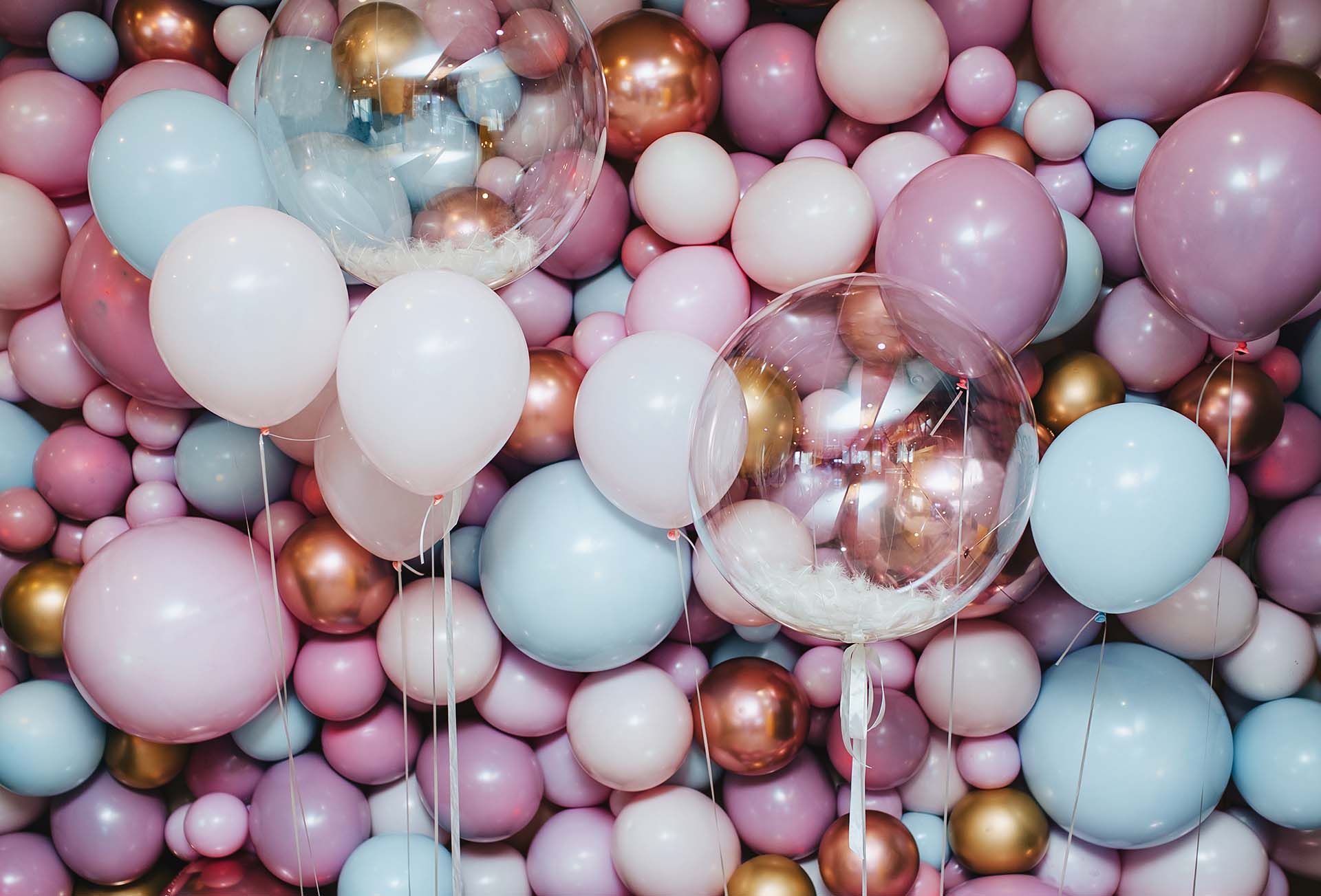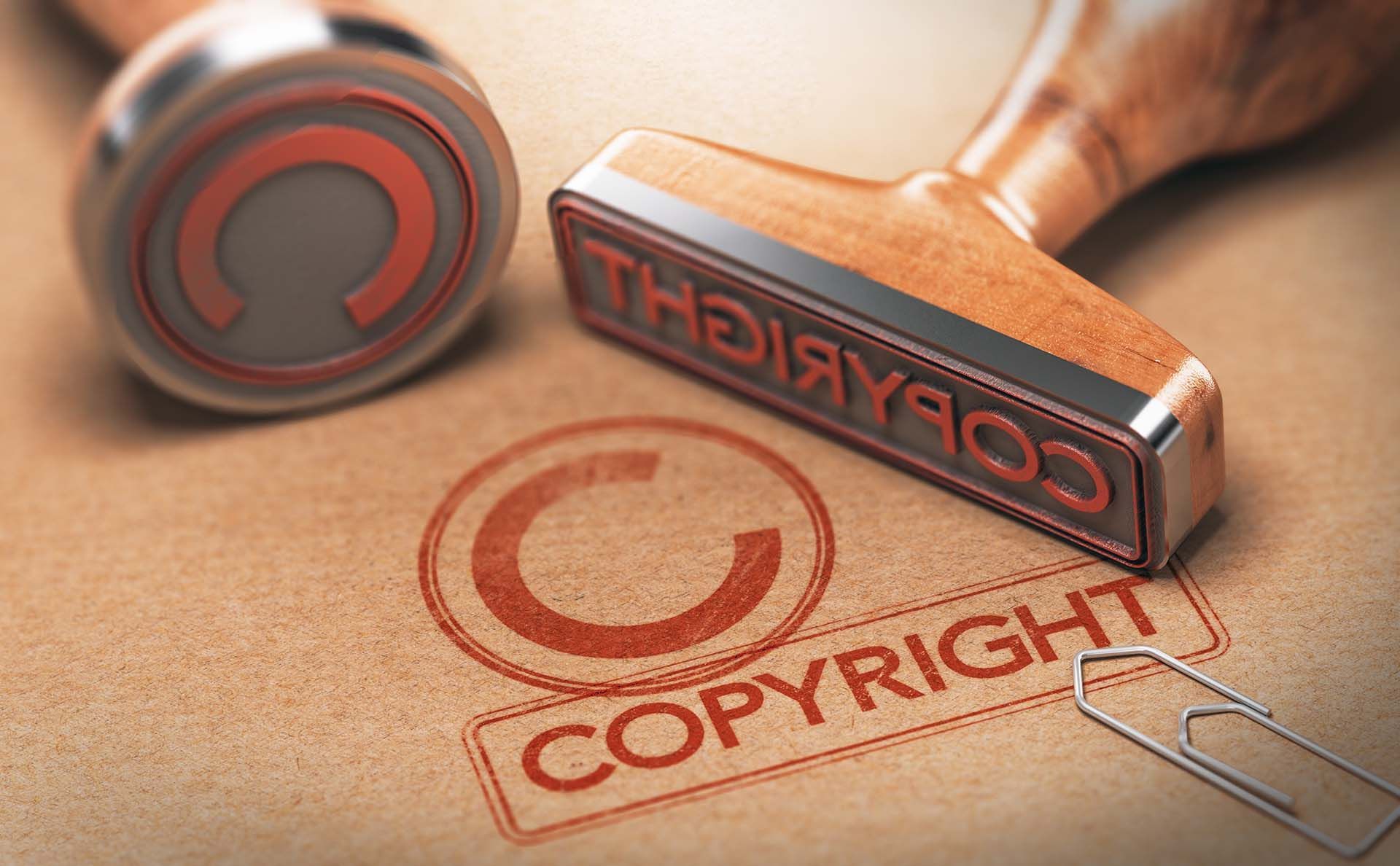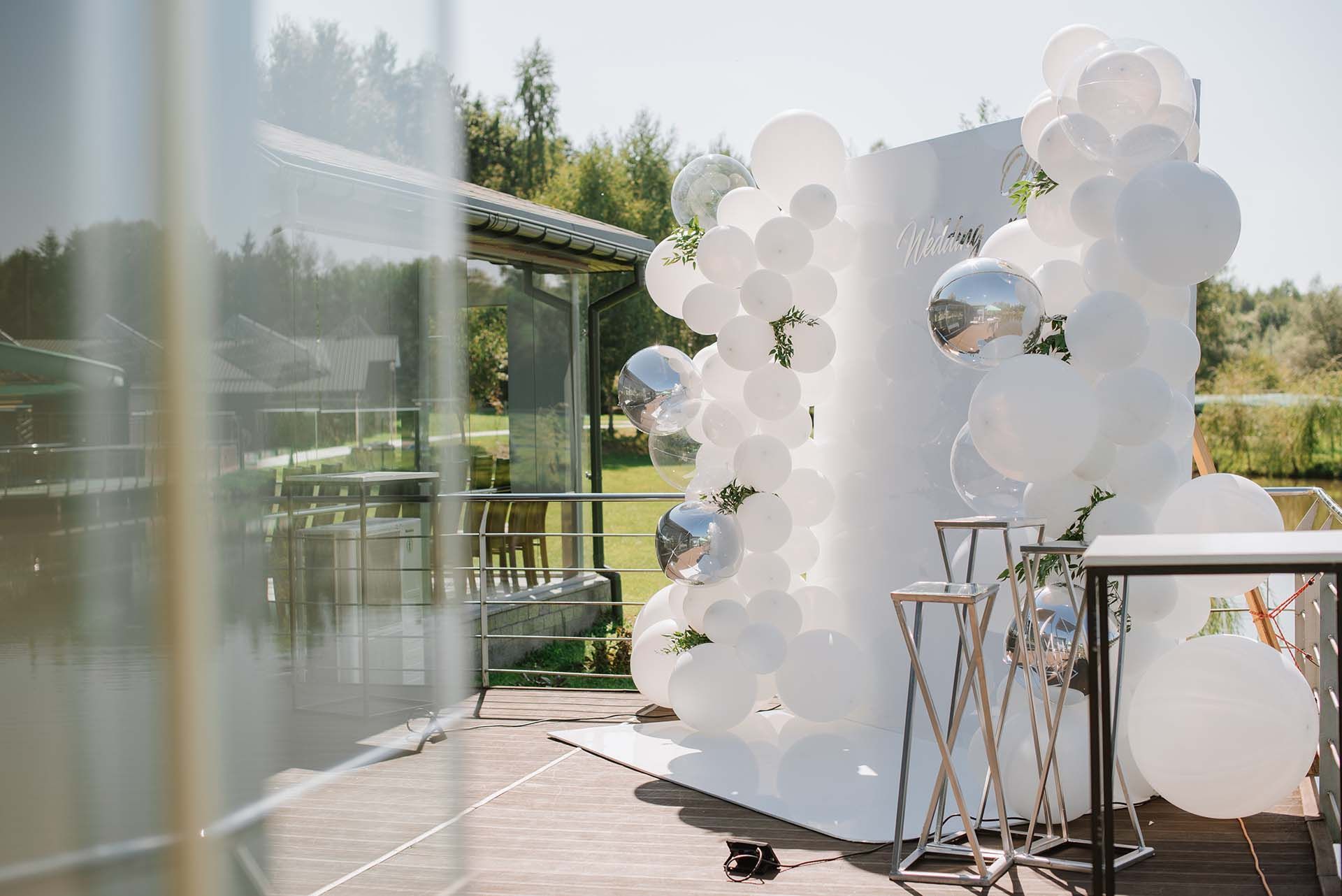What is and how to use a Sales Funnel and what makes it work in the events industry
A sales funnel is a marketing concept that maps out the journey a customer goes through when making any kind of purchase. The model uses a funnel as a metaphor because a large number of potential customers may begin at the top-end of the sales process, but only a fraction of these people actually end up making a purchase. As you move down the funnel, the number of customers narrows down through various stages of the purchasing process. Here's a breakdown of each stage:
Sales Funnel Stages
1. Awareness
Top of the Funnel (TOFU): Potential customers become aware of a product or service.
Marketing at this stage is about catching the attention of the target audience through advertising, social media presence, content marketing, events, or other means.
Important marketing assets:
- Search engine optimization
- Google advertising
- Streaming and media advertising
- Website blog with target customer focus
- Business networking
2. Interest
Customers start to show interest in a product or service.
Here, businesses provide more information and nurture this interest, often through targeted content like blogs, emails, and more detailed marketing materials.
Important marketing assets:
- Email Newsletters
- Social media content
- Website blog with target customer focus
3. Consideration
Middle of the Funnel (MOFU): Potential customers evaluate the product or service against their needs and other offerings in the market.
Companies might engage customers with demonstrations, testimonials, case studies, or free trials.
Important marketing assets:
- Business profiles
- Google reviews
- Website information on products and services and outcomes
- Social media profiles
4. Intent
Prospects demonstrate an intent to purchase.
This stage often involves a specific action, such as a customer adding a product to their cart or scheduling a consultation.
Important marketing assets:
- Quote form
- Service, product, and pricing information
5. Evaluation
The customer is making a final decision about whether or not to buy.
Businesses may engage in negotiations, answer last-minute questions, and address any remaining concerns at this stage.
Important marketing assets:
- CRM for communications (email, text, phone)
- Phone calls
6. Purchase
Bottom of the Funnel (BOFU): The customer makes a purchase.
The focus here is on creating a smooth transaction process.
Important marketing assets:
- Payment methods
- Ecommerce on the business website
7. Post-Purchase (Retention)
After the purchase, the focus shifts to customer retention and building loyalty.
This can involve follow-up support, asking for feedback, offering additional products or services, and maintaining engagement through loyalty programs or regular communication.
In a well-structured sales funnel, marketing and sales efforts are geared towards moving prospects smoothly from one stage to the next, ultimately guiding them to the purchase decision and beyond, fostering repeat business and customer loyalty.
How do I get the most out of the digital marketing sales funnel for my events industry business
The key is to start by building the basic digital marketing assets from the bottom of the funnel to the top.
- Quote form or Ecommerce purchasing
- Website with product and service information
- Website content targeting the problems and challenges your specific customer audience faces
- Google Business Profile, Bing Profile, and many, many, many more online business listings
- Google Reviews count should progress to at least 40 with a rating of at least 4.5 stars
- Social media profiles: Facebook, Instagram, Linkedin
- Social media content
- Google Advertising, Bing Advertising, Local media and streaming
By starting at the bottom you, as an owner or business manager, can make up for the areas higher in the funnel with your time and networking skills. Over time the funnel starts to work for you from top to bottom.
Most events industry businesses generate 80% of their leads from their digital marketing sales funnel.
Disclaimer: This publication and the information included in it are not intended to serve as a substitute for consultation with business consultants and professionals. Specific business, financial, legal issues, concerns and conditions always require the advice of appropriate professionals. Any opinions expressed are solely those of the participant and do not represent the views or opinions of Balloon Suite.

